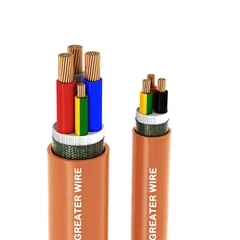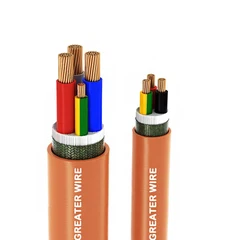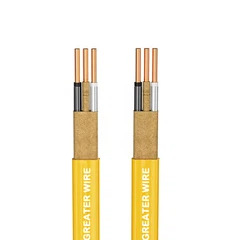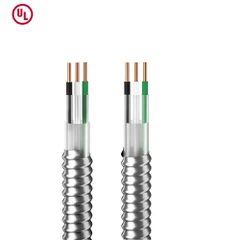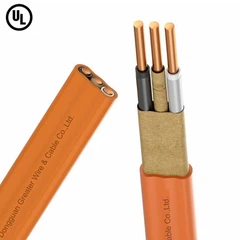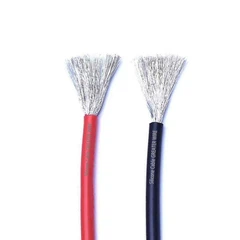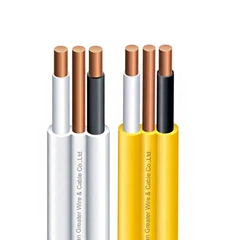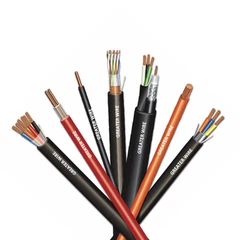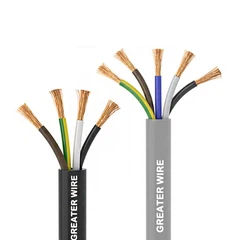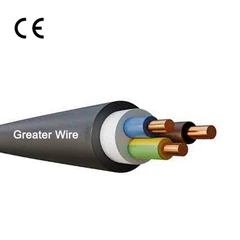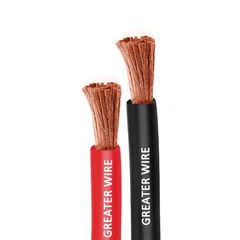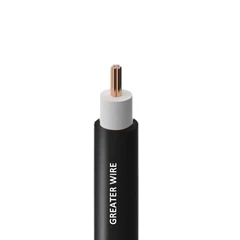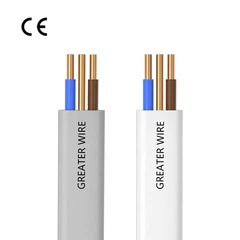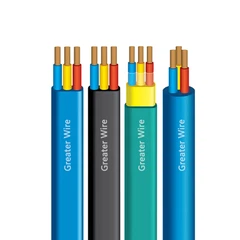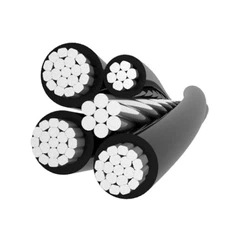TPS cable is a building wire used in Oceania countries such as Australia and New Zealand. Commonly used TPS cables include: 1.5 mm TPS cable, 1.5 TPS cable, 10mm TPS cable, 16mm TPS cable, 2.5 mm 2c e TPS cable, and 4mm TPS cable
For TPS cables, after the soft TPS wire is threaded through the conduit, electricians generally cannot meet the standard specifications for the wire joints inside the lamp head box or switch box. According to the electrical installation standard specifications, the soft TPS cable joints need to be crimped or welded.
Comparison between Soft TPS Wire and Solid Wire:
1. For TPS cable sizes, after the flexible wire is threaded through the conduit, electricians generally cannot meet the standard specifications for the wire joints inside the lamp head box or switch box. According to electrical installation standards and specifications, the flexible wire joints need to be crimped or welded. This indicates that the hard line is better.
2. The diameter of the flexible wire is thin, the insulation material is unreliable, and it is prone to aging and damage. Even if used, it is only suitable for small amounts in places where chandeliers and other electrical appliances are connected, and should not be used in fixed long-distance circuits.
3. From a price perspective, due to the obvious labor cost in manufacturing, the cost is naturally high, so flexible TPS cables do not have an advantage in price, while solid TPS electrical cables are relatively cheaper.
In summary, it is obvious that solid TPS electrical cables are better, but in fact, whether it is solid TPS electrical cables or flexible TPS cables, they will definitely be used in home decoration. As long as you remember to use single stranded hard wires as the main line, it is better. Of course, it still depends on personal ideas, as long as it does not affect future life.


